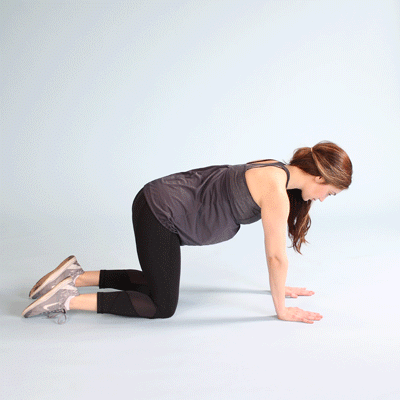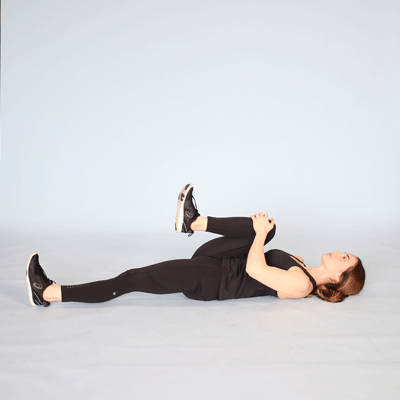
Top 5 Home Exercises for Lower Back Pain Relief
Lower back pain is one of the most common health complaints among adults in Edmonton and across Canada. Whether it’s from prolonged sitting, poor posture, or physical strain, back discomfort can seriously affect your daily life. Fortunately, you don’t always need expensive equipment or intensive therapy to get relief. With the right home exercises for back pain, you can strengthen your muscles, improve mobility, and reduce discomfort over time.
This guide covers five expert-approved exercises for lower back pain therapy that are safe, effective, and easy to do at home or in a local community center.
Why Exercises Are Key for Lower Back Pain Therapy
Consistent movement and targeted exercise are crucial for managing and preventing lower back pain. They help by:
- Reducing stiffness in the spine and surrounding muscles
- Strengthening the core and lower back to support posture
- Improving flexibility and range of motion
- Enhancing blood flow for quicker healing
These exercises should not replace professional medical advice, especially if you’re dealing with chronic pain or an injury. Always consult with your physiotherapist before starting a new exercise routine.

What Are The Top 5 Home Exercises for Back Pain Relief
1. Cat-Cow Stretch

What It Does:
Improves flexibility and mobility in the spine while relieving tension in the lower back.
How to Do It:
- Get on your hands and knees in a tabletop position.
- Inhale as you arch your back, lifting your head and tailbone (Cow position).
- Exhale as you round your back, tucking your chin and pelvis inward (Cat position).
- Repeat for 10–15 reps in a slow, controlled motion.
2. Child’s Pose

What It Does:
Gently stretches the lower back, hips, and thighs. It also helps calm the nervous system.
How to Do It:
- Kneel on the floor with your toes together and knees apart.
- Sit back onto your heels and stretch your arms forward on the floor.
- Rest your forehead on the ground and breathe deeply.
- Hold for 30–60 seconds; repeat 2–3 times.
3. Pelvic Tilts

What It Does:
Strengthens the abdominal muscles and improves core stability, supporting the lower back.
How to Do It:
- Lie on your back with knees bent and feet flat on the floor.
- Tighten your abdominal muscles and flatten your back against the floor by tilting your pelvis.
- Hold for 5 seconds, then release.
- Repeat 10–15 times.
4. Knee-to-Chest Stretch

What It Does:
Relieves tension in the lumbar spine and hips.
How to Do It:
- Lie on your back with knees bent and feet flat.
- Gently pull one knee toward your chest using both hands.
- Hold for 20–30 seconds, then switch legs.
Repeat 2–3 times per leg.
5. Bridge Exercise

What It Does:
Activates the glutes and strengthens the lower back and core muscles.
How to Do It:
- Lie on your back with knees bent, feet flat, and arms at your sides.
- Press your feet into the ground and lift your hips off the floor until your body forms a straight line from shoulders to knees.
- Hold for 5–10 seconds, then slowly lower back down.
- Perform 10–15 reps.
Where to Do These Exercises in Edmonton
While these exercises can be easily done at home, some people find it helpful and motivating to perform them in a structured environment. Edmonton is home to several community recreation centers that offer accessible spaces, classes, and equipment to support your recovery journey.
Facilities like the Kinsmen Sports Centre, Commonwealth Community Recreation Centre, and Terwillegar Community Recreation Centre provide open gym areas, yoga and stretch classes, and even physiotherapy support in some cases. These centers are ideal for individuals who prefer guided routines or benefit from the encouragement of a group setting.
If you’re just starting out, attending a beginner-friendly mobility or stretching class can ensure you’re doing the exercises correctly and safely. Additionally, these centers offer drop-in options and monthly memberships, making them a flexible and affordable option for Edmonton residents.
For those experiencing mild to moderate discomfort, using these community resources alongside home care can be a proactive approach to managing lower back pain therapy effectively.
When to Seek Professional Help
It’s important to listen to your body. If your lower back pain is persistent, worsening, or radiating into your legs, it could indicate a deeper issue like nerve compression, disc herniation, or chronic inflammation. In such cases, it’s crucial to consult a licensed physiotherapist for a proper assessment and targeted treatment plan.
A physiotherapist can design a customized program that combines manual therapy, guided exercises, dry needling, and postural training to address the root cause of your pain rather than just treating the symptoms. They may also assess your biomechanics and daily habits that contribute to strain on your lower back.
Early intervention not only speeds up recovery but also prevents minor pain from developing into a long-term condition. Whether you’re dealing with a new injury or an old nagging ache, professional back pain relief services offer long-term value.
You can learn more about when to see a physiotherapist for back pain from trusted resources like the Canadian Physiotherapy Association.
Final Thoughts
Managing lower back pain starts with understanding your body and taking proactive steps toward strengthening and flexibility. These five home exercises for back pain offer a simple yet powerful way to relieve discomfort and regain mobility.
For ongoing support, connect with a licensed physiotherapist in Edmonton who can guide your recovery journey and provide a treatment plan tailored to your needs.
Start Your Journey to a Pain-Free Back Today
At Keswick Physio, we specialize in evidence-based physiotherapy solutions tailored to your unique needs. Whether you’re struggling with chronic back pain or recovering from an injury, our expert team is here to help you move better and live stronger. Call us now or book online to get started!
About the Author
Keswick Physiotherapy
Contributing writer at Keswick Physiotherapy, sharing expert insights on physiotherapy and wellness.
Need Professional Help?
Our expert physiotherapists are here to help you with personalized treatment plans.
Book an Appointment

